6 Graphic Novels That Discuss the Ongoing Climate Crisis
Published Feb. 11 2022, 4:46 p.m. ET
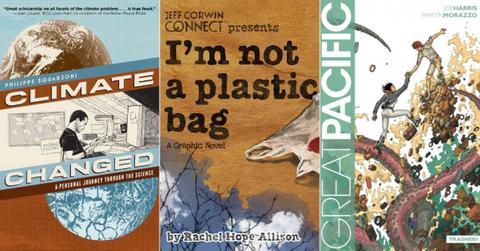
Sometimes, talking about the climate crisis can be difficult and hard to understand — sure, you can keep up with the news, but if you don't completely understand what the scientific reports are trying to say, how can you help make an impact? Luckily, there are plenty of graphic novels out there that help break down what's happening to our Earth and what we can do to help.
Here are six different graphic novels (many geared toward young readers) that talk about our current environmental state.
'Climate Changed: A Personal Journey through the Science' by Philippe Squarzoni and Nicole Whittington-Evans
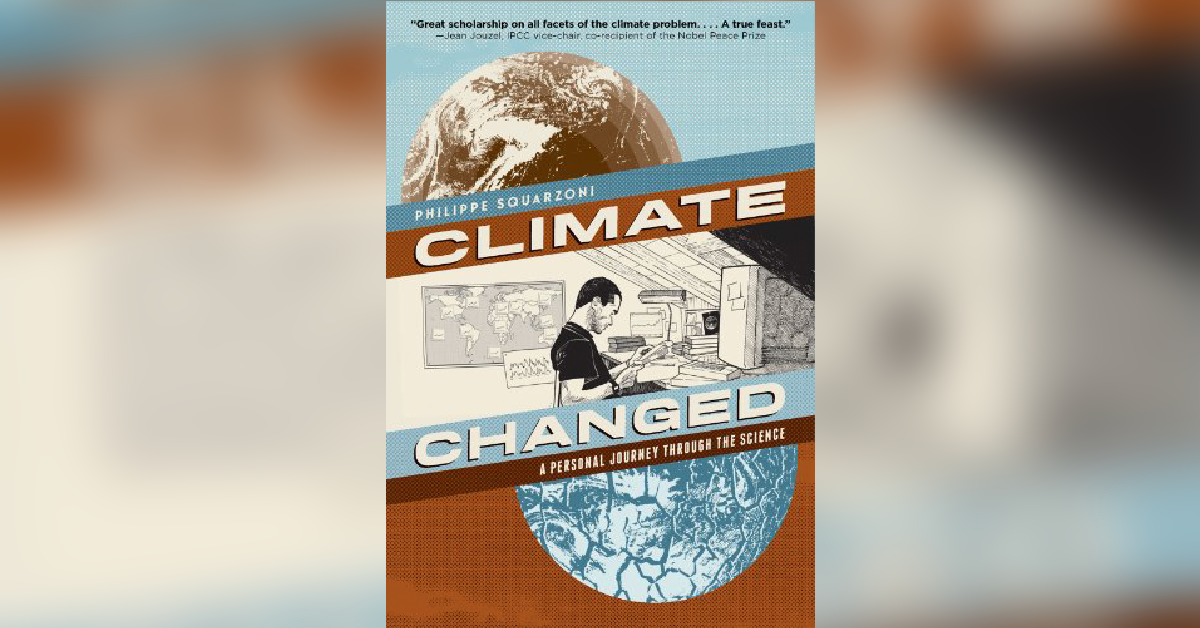
If you're looking for a visual representation of the ongoing climate crisis, Climate Changed combines the graphic novel format with a documentary-style narrative, giving readers a breakdown of how we got our planet to its current state. While the novel was published in 2014 and may not be the most up to date, it's still a great starting point for anyone looking to understand the climate crisis a bit better.
'World Without Fish' by Mark Kurlansky and Frank Stockton
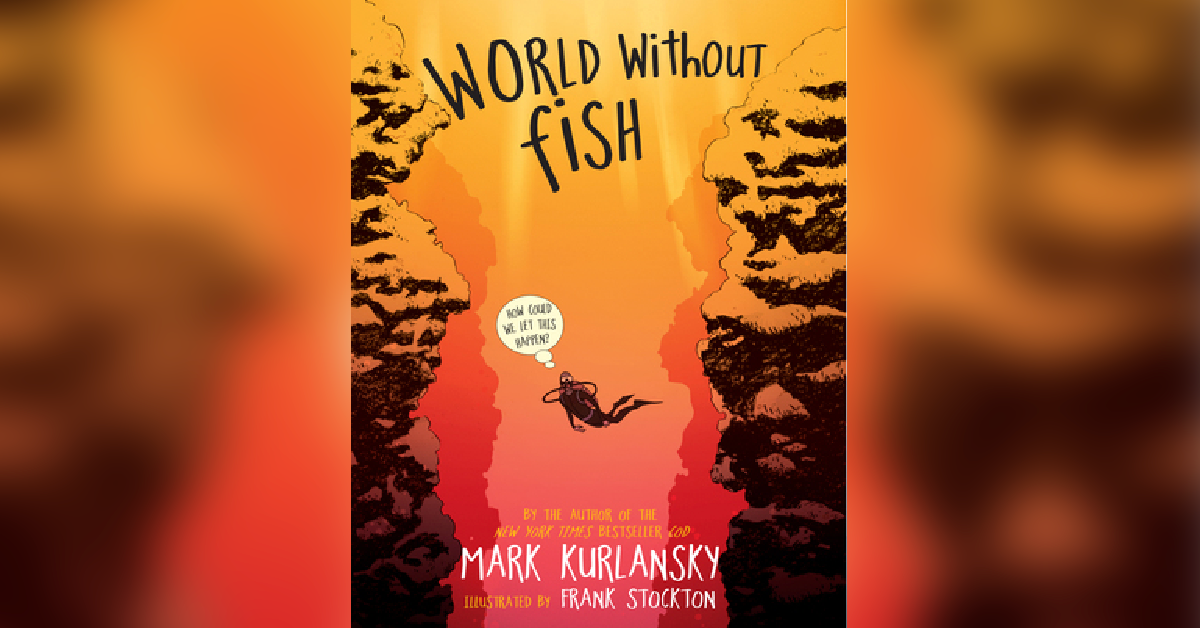
This graphic novel is also a bit dated, having been published in 2011, but for those looking for an easy middle-grade graphic novel to explain the climate crisis to their children, this is a great place to start. World Without Fish discusses what would happen if the most commonly consumed fish in our oceans were to disappear (which, at the rate of consumption, they just might). The domino effect this would have on our ecosystem would be lasting, and this novel breaks that down for young readers.
'I'm Not a Plastic Bag' by Rachel Hope Allison
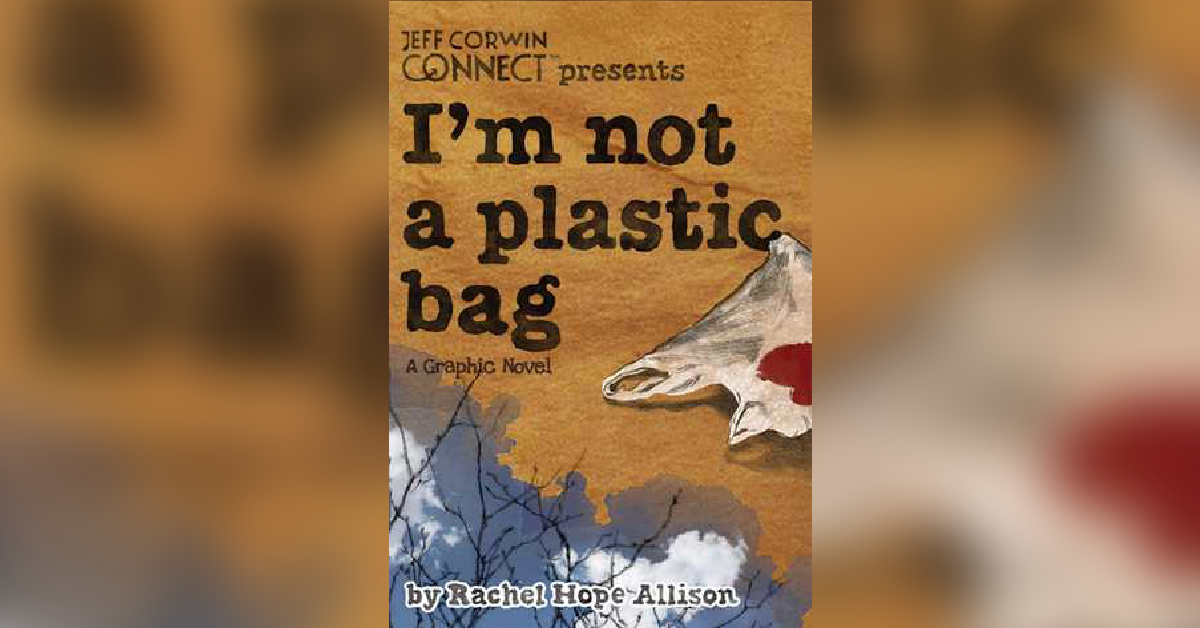
Another novel for middle grade and young adult readers, I'm Not a Plastic Bag tackles the Great Pacific Garbage Patch, personifying it into a lonely monster of sorts who has been killing all of his friends (because he's a pile of toxic trash in the middle of the ocean). While this one has mixed reviews from readers, it's another good pick if you're looking to start a conversation with a teenager about the ongoing climate crisis.
'Great Pacific: Trashed' by Joe Harris
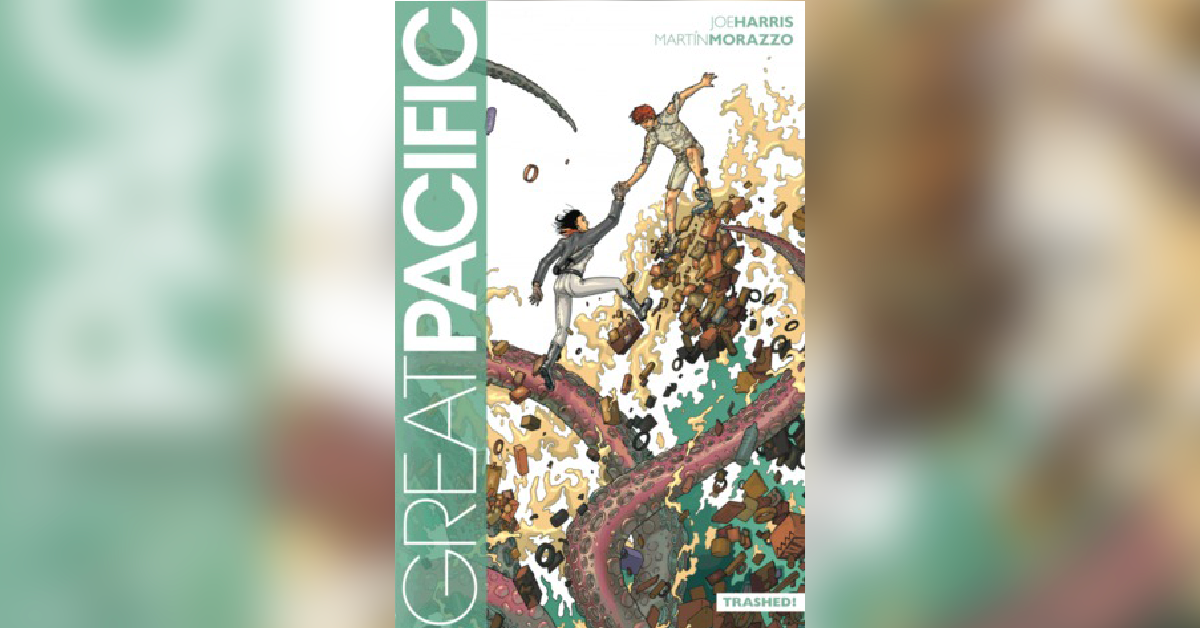
On the topic of the Great Pacific Garbage Patch, what if it one day became so big, so self-sustaining that people could settle on it? Great Pacific: Trashed tells the tale of oil heir Chas Worthington as he decides to settle on the mass and call it its own nation. While this graphic novel is entirely fiction, it helps readers think about the "what ifs" of the ongoing crisis.
'John Muir, Earth — Planet Universe' by Julie Bertagna
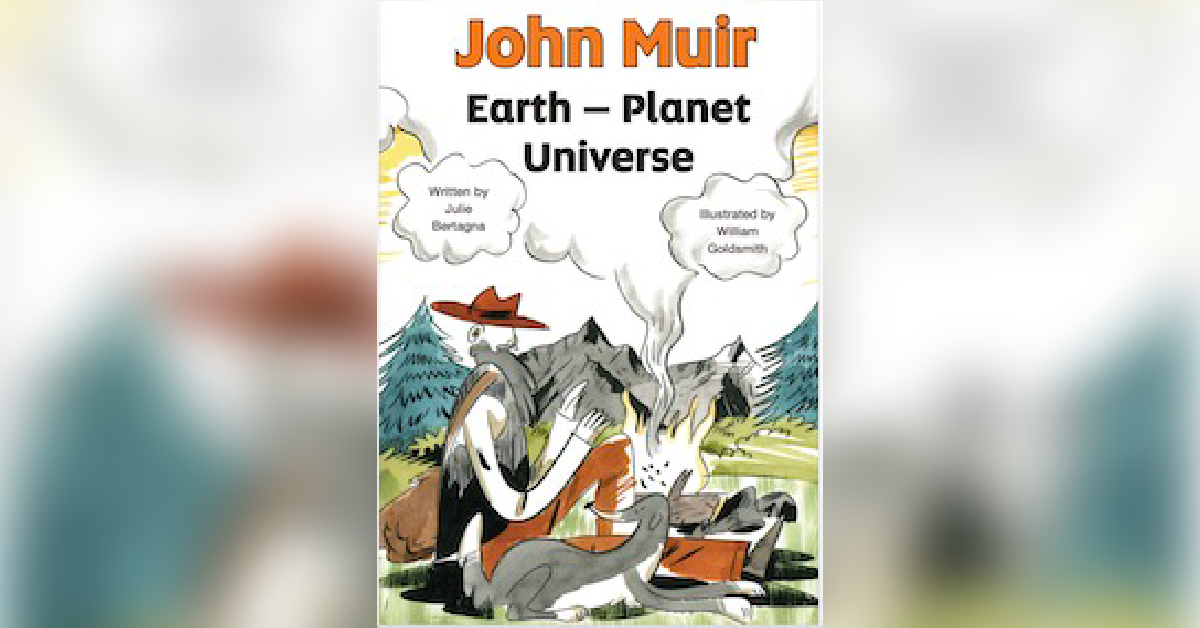
Dive into the history of the man consider the "Father of National Parks" in John Muir, Earth — Planet Universe. This graphic novel tells the history of the early Scottish environmentalist for the budding activist in your life. The Scottish Book Trust has a link to download a PDF of the book for free, as well as resources if you would like to use this graphic novel as a learning tool to continue the conversation long after the novel is finished.
'Luz Sees the Light' by Claudia Davila
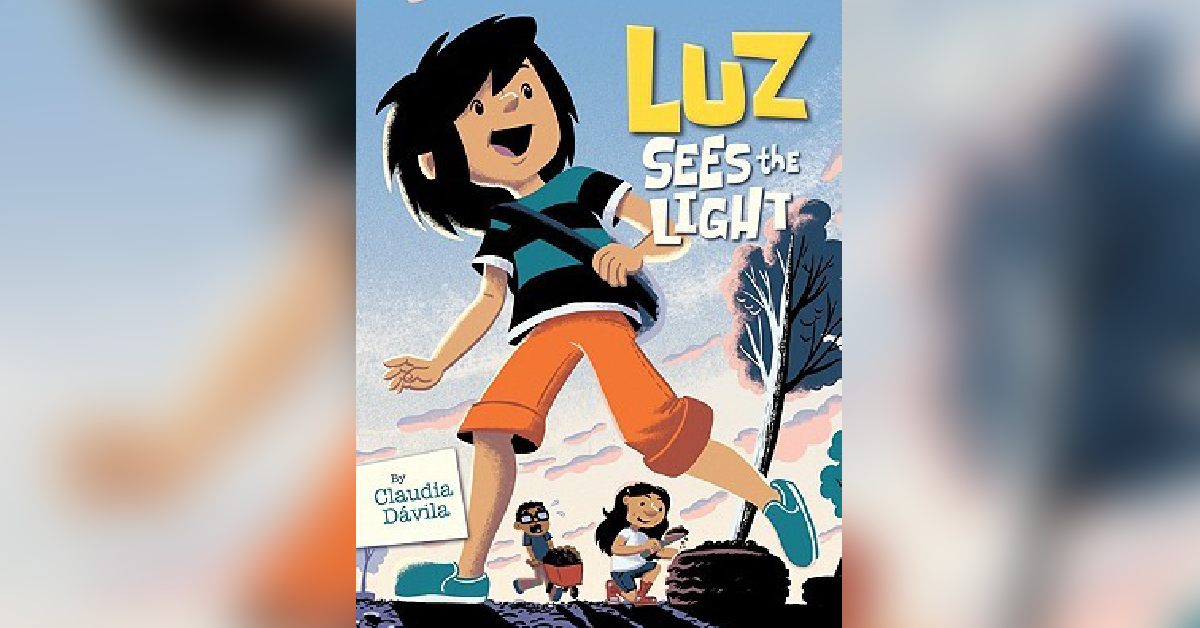
Another middle-grade read, Luz Sees the Light follows Luz, a girl living in a world where gas prices are absolutely outrageous and blackouts happen frequently. In an effort to rely less on fossil fuels and help ease some of the stress her mom is dealing with, Luz looks for ways to be more sustainable. This is a great way to teach children how they can make personal changes to have a smaller individual environmental footprint.
Green Matters’ new book, Green Living, is the perfect guide to living an eco-friendly lifestyle for people at every stage of the process. You can order Green Living here.